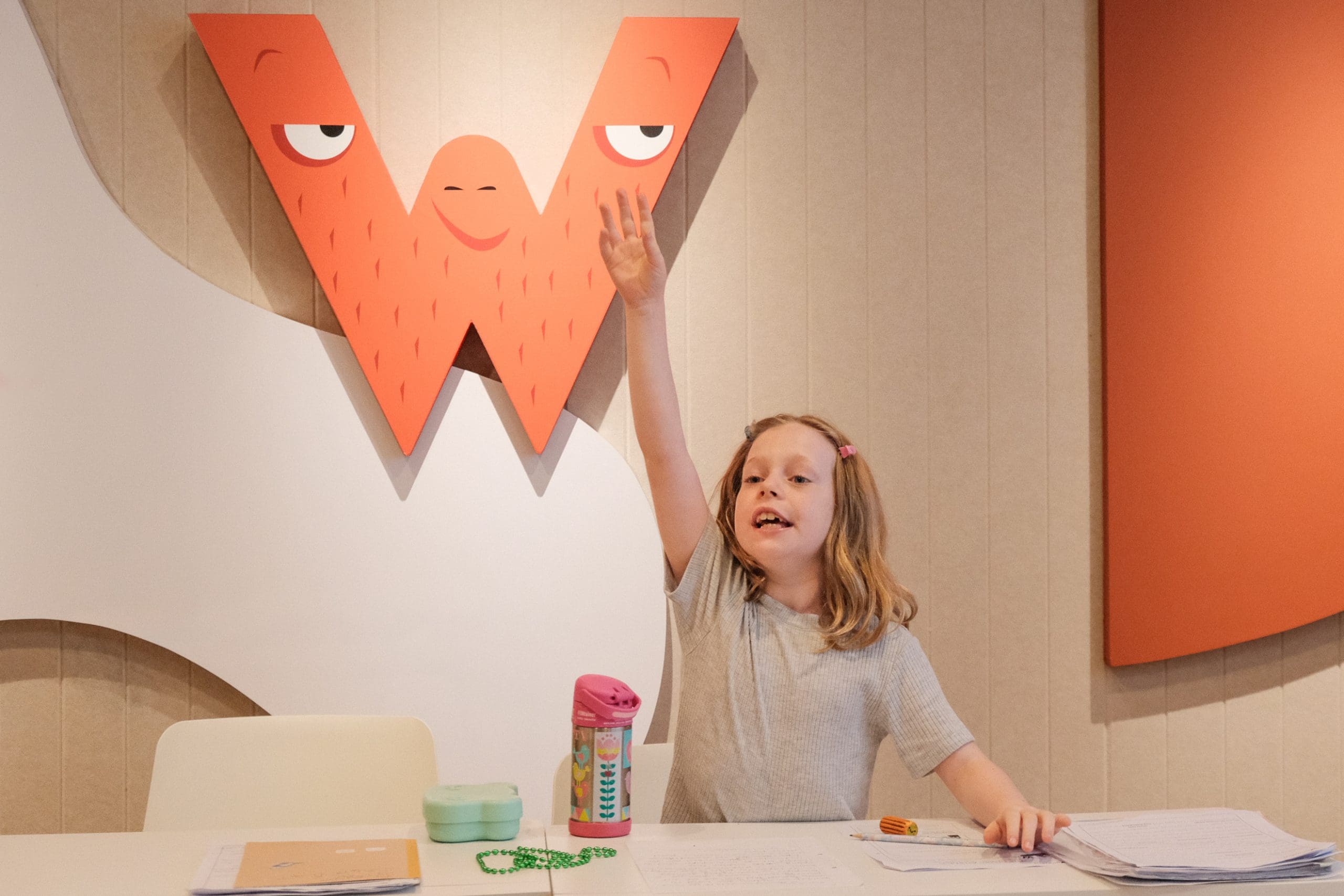
A Blog by Wonderlit
Return to our website here for more information about Wonderlit and our programmes
Return to our website here for more information about Wonderlit and our programmes
Return to our website here for more information about Wonderlit and our programmes
As parents, we all want our children to develop a love of reading, and one of the best ways to foster that love is through reading! Afterall, reading with your child is a rewarding experience that can help them develop a love for literature and improve their language skills. But, do you know that reading with your child can be an even more enriching experience than simply reading to them? (And no, we’re not just talking about the semantics of the phrasing.)
The act of reading with your child is not simply about flipping through pages together; it’s about creating an interactive and engaging reading experience together with your child. By involving your child in the reading process, you transform them from passive listeners to active participants. Parents can do this irregardless of whether they have a young child just learning to read or an older child with more advanced reading comprehension skills. By following our simple guide to reading with your child, you can help them to develop a lifelong passion for reading whilst creating special memories together that will last a lifetime. Read on to find out how!
Finding Something to Read

The first step in reading with your child is selecting the right book. Whilst young children may struggle to identify suitable books, older children usually relish the independence of selecting something they want to read. However before letting them decide, it may be helpful to let your child know that this will be a book you’ll read together. This way, they would avoid choosing something overly simple or complex.
Other than browsing through your home collection, visiting your local bookstore or taking a trip to the library may be great ways to kickstart your child’s reading adventure. Libraries are especially great as their children’s sections are often curated by age groups and interests. Tech-savvy kids can even use digital catalogues to select books! This way, you can ensure that your child finds a book that they’ll love and that’s appropriate for their reading level, making reading together an enjoyable and rewarding experience for both of you.
Creating the Space

To set the stage for reading success, the second step involves creating a comfortable and distraction-free environment for you and your child to read together. An ideal spot would be one free of any distractions like the TV, your child’s toys, or computers. These might draw your child’s attention away from the book, especially if some parts of the story might be more challenging or less interesting than expected!
However, creating a comfortable reading space extends beyond just the physical environment. Encouraging your child and providing support for them throughout their reading journey is vital. Rather than belittling them when they encounter difficulties, showering them with love and support can be more effective in motivating them to enjoy reading. This supportive approach will do more to encourage your child than any cosy cushions or soft lights could ever do.
Reading Actively with Your Child

Finally, the most exciting part: the actual reading! As mentioned, reading with your child is not just about reading to them, it’s about transforming them from a passive listener to an active participant in the story. However, don’t worry if your child is not yet able to fully read their chosen book. Regardless of their age or language skills, there are plenty of ways to get them involved in the reading session and make it a fun and memorable experience for both of you.
Firstly, make sure they are following along with the story! If your child is still young or just beginning to learn English, don’t worry – you can still involve them in the reading experience. Encourage them to follow along by pointing to the words on the page or even repeating simple words back to you. You can also ask them to help you turn the pages or point out familiar objects in the illustrations. For older children, you can ask them to read to you during exciting moments in the story. Or, in situations where there is dialogue, both you and your child can adopt different character roles and play out the conversations with one another!
Secondly, keep them engaged by asking them questions! Very young readers can be asked simple questions based on the pictures in their book, like: “what sound do you think that animal makes?” or, “who do you think that character is?” Older readers can be asked more complex questions, like: “what do you think will happen next?” or “why do you think (character) did this?” Asking questions not only gets children to actively think about the stories they are reading, but also helps them learn how to critically form ideas and opinions.
Lastly, don’t forget to praise your child’s efforts and progress! Encouragement and positive reinforcement can go a long way in motivating children to continue reading and improving their skills. (Check out our article on how positive reinforcement can benefit your child here.) Even if they stumble over some words or struggle with understanding a certain concept, praising their efforts and progress can boost their confidence and make them more eager to keep learning. By celebrating their achievements and milestones, no matter how small they are, you help to keep them motivated to continue their reading journey.
Final Thoughts
For some children, it can be challenging getting them motivated to read together with you. In such situations, establishing a routine for reading books with children can be incredibly useful in encouraging them to read. A regular reading routine helps to make reading a habit and a part of their daily routine, which can make it more likely that they will continue to read regularly as they grow older. Children thrive on routine and consistency, so knowing that they can expect to spend time reading with a parent or caregiver at the same time each day can be reassuring and comforting for them.
Additionally, having a set routine for reading can help to eliminate distractions and provide a calm and focused environment for reading, which can be particularly important for children who struggle with attention and focus. Ultimately, establishing a routine for reading can help to make reading a fun and enjoyable activity that children look forward to.
Now, that you have read our blog post, are you ready to create some unforgettable memories with your child? If so, get your child to grab his or her favourite book, snuggle up together, and dive into the magical world of reading – an adventure that both of you will cherish for years to come.

Looking to give your child a head start in their reading journey? Look no further than Wonderlit Read (Literacy)! Our niche literacy program is fully centered around the teaching of phonics, using a dynamic blend of reading exercises, educational games, and hands-on activities that will engage and captivate your child’s imagination.
Starting from building a strong foundation in phonemic sounds, to basic blending and segmenting, our programme takes your child on an exciting adventure to hone their literacy skills. Our progressive curriculum is designed to help children master the comprehension of basic sentences and paragraphs, eventually conquering even the most challenging fiction and non-fiction texts.
We offer a complimentary literacy assessment for all new students that will assign them to a specific skills-based level in our programme, tailored to their reading abilities. Drop us an enquiry today to sign up for your free assessment or speak to our program consultants at 6980-5670 (call/WhatsApp).






Wonderlit is a creative enrichment space that offers a boutique experience tailored to nurture and develop children through their formative years to become accomplished readers and confident communicators.
Follow us
info@wonderlitworld.com
+65 6980 5670 (Call/Whatsapp)
Wonderlit is a creative enrichment space that offers a boutique experience tailored to nurture and develop children through their formative years to become accomplished readers and confident communicators.
Follow us
info@wonderlitworld.com
+65 6980 5670 (Call/Whatsapp)